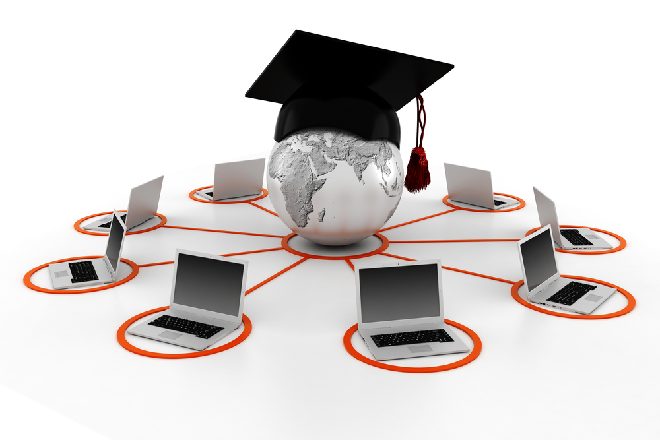Veve Vortex: Exploring the Latest Trends
Stay updated with the latest in news, tech, and lifestyle.
EdTech: The Classroom Revolution You Didn't See Coming
Discover how EdTech is transforming classrooms and reshaping learning in ways you never imagined—join the revolution today!
Exploring the Impact of AI on Modern Classrooms
The integration of AI into modern classrooms is revolutionizing education in unprecedented ways. By harnessing the power of artificial intelligence, educators can now personalize learning experiences to meet the individual needs of each student. For instance, AI-driven platforms can analyze student performance data and provide tailored recommendations, allowing teachers to offer targeted interventions. This shift towards a more customized approach fosters a deeper understanding of subject matter and helps students engage more effectively with the curriculum.
Furthermore, AI plays a critical role in enhancing administrative efficiency within educational institutions. Automated systems can handle tasks such as grading, scheduling, and even feedback collection, freeing up valuable time for educators to focus on teaching. As a result, teachers can shift their attention towards more interactive and creative teaching methods. In this way, AI not only supports educational outcomes but also transforms the overall learning environment, making it more collaborative and focused on student engagement.

Top 5 EdTech Tools Transforming Student Engagement
In the ever-evolving landscape of education, EdTech tools are playing a pivotal role in enhancing student engagement. With technology becoming an integral part of learning, educators are leveraging innovative platforms to create interactive and immersive experiences. Here are the top 5 EdTech tools that are transforming the way students engage with their studies:
- Kahoot! - This game-based learning platform fosters competition and collaboration among students, making learning fun and dynamic.
- Nearpod - By integrating multimedia presentations and real-time feedback, Nearpod allows teachers to create engaging lessons tailored to students’ interests.
- Flipgrid - Encouraging discussion through video responses, Flipgrid empowers students to share their ideas and perspectives, enhancing their communication skills.
- Google Classroom - This versatile platform streamlines assignment distribution and feedback, promoting organized collaboration between teachers and students.
- Quizizz - By turning assessments into engaging quizzes, Quizizz helps students learn at their own pace while enjoying gamified learning.
How Virtual Reality is Shaping the Future of Education
The integration of Virtual Reality (VR) into the educational landscape is revolutionizing the way students learn and interact with content. By creating immersive and engaging environments, VR allows learners to experience subjects like never before. For instance, students can explore the depths of the ocean or travel back in time to witness historical events firsthand. This experiential learning approach not only enhances retention but also fosters a deeper understanding of complex concepts, making education more accessible and engaging for all.
Moreover, Virtual Reality offers significant benefits for educators as well. It enables the development of personalized learning experiences that cater to the individual needs of students. Educators can create tailored simulations that target specific learning outcomes, thus improving student performance. Additionally, VR can facilitate remote learning, allowing students from diverse backgrounds to access high-quality educational resources without geographical limitations. As the technology continues to evolve, its potential to enhance educational outcomes becomes increasingly evident.